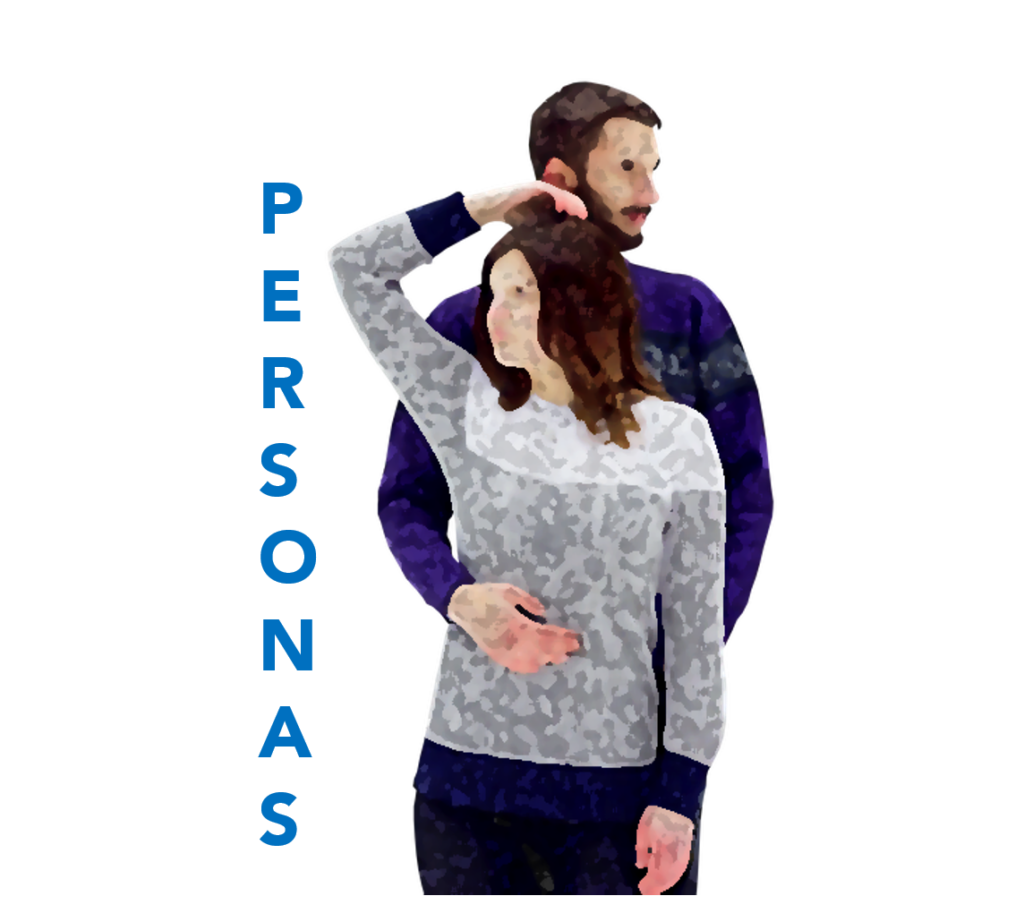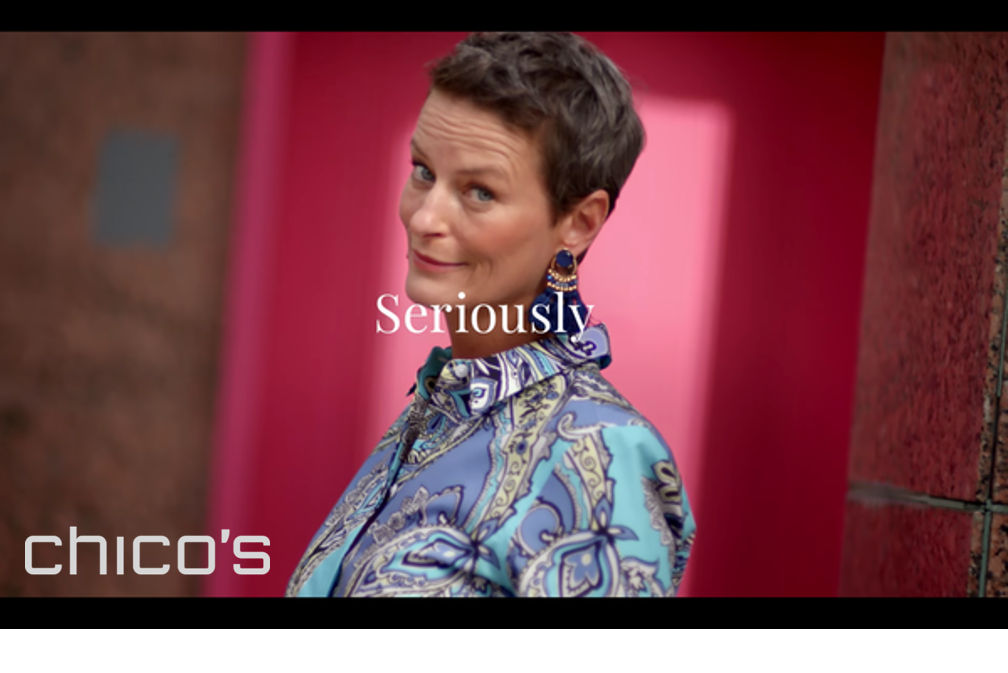
“We all know that you have to know your customer, and that includes psychographics, demographics, and behavior.”
No, that isn’t Kevin Weatherly, Anne Gress, Sky Daniels, Justin Chase, or David Moore speaking. It’s the SVP Marketing for Chico’s, Shelagh Stoneham. Chico’s is a women’s clothing store with 1,400 stores spread all over the U.S. – one of the world’s most competitive business verticals.
They’ve learned that while hard data is important to their success – perceptual research, in-store data, coupon redemption, email open rates – their qualitative profiling creates much-needed personas that help decision-making, as well as their marketing.
To that end, Chico’s has done a deep dive to identify its primary customer – “Joy” – as well as its secondary shopper, “Catherine.” Yes, Chico’s version of P1s and P2s.

An interview with Stoneham in MediaPost by Sarah Mahoney reveals startling similarities between the way the retailer identifies its stratas of consumers, and the methods great radio stations use to do the very same thing with their core listeners.
As Stoneham points out, the benefit is that the Chico’s management team can “picture these two women and what their lives are like, but so can everyone in our marketing department.”
That has led to a storytelling campaign – #HowBoldAreYou – that puts these personas to work. The other benefit of developing the “typical shopper” is making “it easier to to decide if something fits your brand or not.”
That’s a key benefit that successful radio stations employ to determine the brand fit of promotions, talent, and event marketing. If you truly know your listener, these decisions come much easier.
Oftentimes, it comes down to answering those health, heart, and pocketbook issues?
Where do they live?
What are their priorities?
How do they spend their money?
What are their politics?
What makes them happy?
That is why talent coaches and programmers throughout radio’s history have recommended visualizing a so-called “typical listener,” and talking to him, her, or them when the mic is on. One of the most difficult skills to master is to be alone in a quiet, solitary studio doing radio. Aside from the many challenges that come along with being on the air is the profound difficulty of talking to an audience you cannot see. Visualizing a listener is a tool that air talent can use in prep as well as in real time on the air.
And because most stations have audiences that number in the thousands – or even millions – there’s a benefit in focusing attention on a single fan – the blue collar worker laying drywall, the parent driving the kids to soccer practice, the student teacher, or the nurse. Some stations have even used lifesize cardboard cutouts to represent the average fan – standing right in front of the person on the air in the studio.
That can be a helpful tool, but it starts with aggregating information – quantitative and qualitative – to build these profiles. That’s precisely what our consultant, Mike Stern, does when he’s coaching personality shows.

As Chico’s has learned – and many of us in radio have known for years – there’s value in building, creating, and even debating these personas. This is how teams work out their challenges together, and in the process, model out the “typical listener.”
Defining “Joy,” “Joe,” or “The Johnson’s” is a perfect tool to sharpen the brand, as well as connect with listeners.
Put a face on your brand.
Who’s your “typical listener?”
Thanks to Wade Pressel for his great graphics.
- What To Do If Your Radio Station Goes Through A Midlife Crisis - April 25, 2025
- A 2020 Lesson?It Could All Be Gone In A Flash - April 24, 2025
- How AI Can Give Radio Personalities More…PERSONALITY - April 23, 2025




I’ve been trying to get this across to musical artists for years. There’s no such thing as “the public.” Every artist and indeed every radio station and even on-air personality has a unique audience. The wisest thing an artist can do is to perform in small enough venues that they can get to know exactly who they connect with and how their fans connect with each other. I suppose in radio this means old-fashioned remote broadcasts could be a valuable tool.
There’s a lot to be said for good old “eye contact,” Bob. These aren’t just a bunch of fans, or in radio parlance – cumers. They are real people, they are unique, and getting to know them strengthens connections. Thanks for the comment.